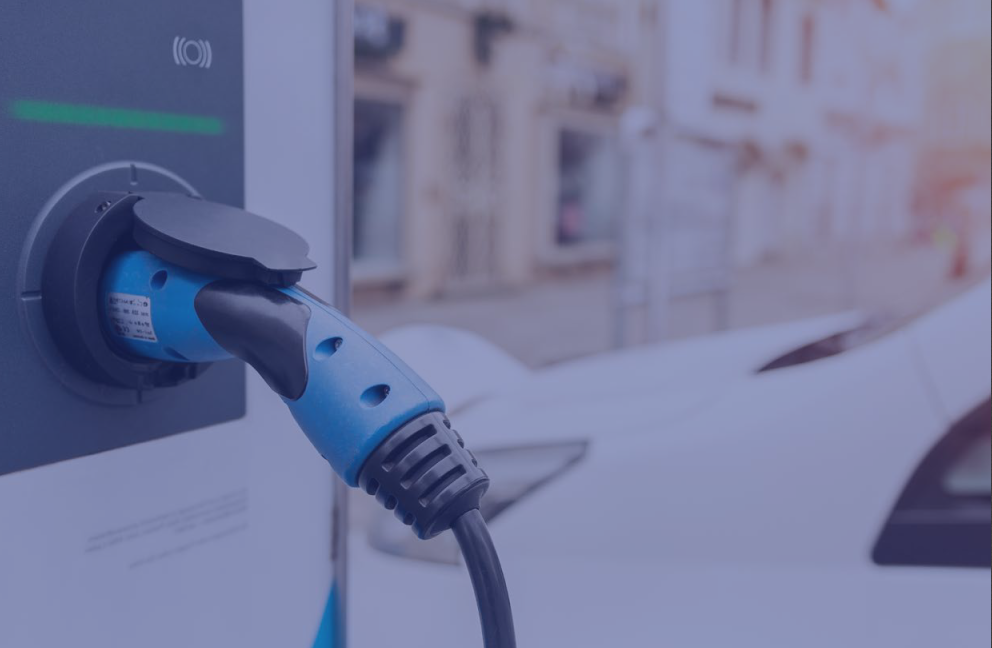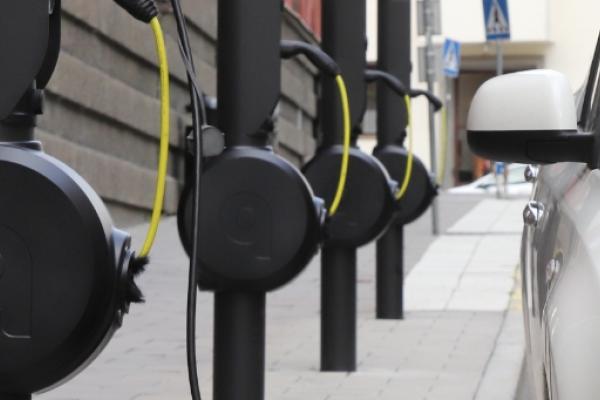
Published on 2021-03-03. Republished on 2022-02-09
The European Green Deal, Europe’s key roadmap to make the continent carbon-neutral by 2050, states that by 2025, about 1 million public recharging points will be needed for the 13 million zero- and low-emission vehicles expected on European Union’s roads. Great efforts will be necessary from the European Union, its Member States, as well as regional and local governments to accelerate the transition to electric cars.
This policy paper has been developed as part of the EAFO 2.0 contract for the European Commission. It highlights the current uptake of electric passenger cars – battery electric vehicles (BEVs) and plug-in hybrid electric vehicles (PHEVs) – and the rollout of the relevant public recharging infrastructure network. It also provides recommendations for future policy making at European Union level. Key findings include:
- The European electric passenger car market and recharging infrastructure is concentrated in few markets. Germany, Norway, the United Kingdom, France, and the Netherlands had a combined 70% share of Europe’s electric passenger car fleet by the end of 2020. Germany, France, the United Kingdom, Norway, and Sweden also led in new electric passenger car registrations, recording 70% of total BEV and PHEV registrations by 2020. The Netherlands had the largest number of public recharging points, followed by France, Germany, the United Kingdom, and Norway. These five markets covered 73% of public recharging points in Europe by the end of 2020.
- 2020 was a breakthrough year for the electric passenger car market in most European markets. Overall, the electric vehicle share of the European fleet reached 11.0% in 2020, up from 3.6% in 2019. Norway kept its role as a frontrunner with 75% of all new passenger car registrations being a BEV or PHEV. Iceland had a share of 51% and Sweden 32%. With the exception of Cyprus, Liechtenstein, and Malta, European countries recorded higher total electric passenger car registrations in 2020 compared to the previous year. Slovakia, Greece, and the Czech Republic experienced the highest growth rates between 2019 and 2020. Electric passenger car registrations grew since January 2020 and continued an upward trend in May 2020 after a significant drop in April 2020 due to the COVID-19 pandemic. Tighter CO2 emission performance standards have successfully boosted the European electric passenger car market in 2020.
- There is no silver bullet for the deployment of the public recharging infrastructure network. Looking at the European public recharging infrastructure network in European countries, there is no one-size-fits-all solution for the number of public recharging points needed at national level. For example, there were wide variations by number of public recharging points per electric vehicle in 2020, ranging from 1:3 in Croatia, Latvia, and Liechtenstein to 1:39 in Iceland, highly diverging from the 1:10 ratio suggested by the European Commission’s 2014 Alternative Fuels Infrastructure Directive (AFID). The analysis suggests that different national deployment strategies beyond policies addressing costs and awareness can result in high electric vehicle uptake. In addition, the amount of home and workplace charging available has direct effect on the number of publicly available recharging points needed.
Download the full paper: EAFO Europe on the electrification path March 2021.pdf



